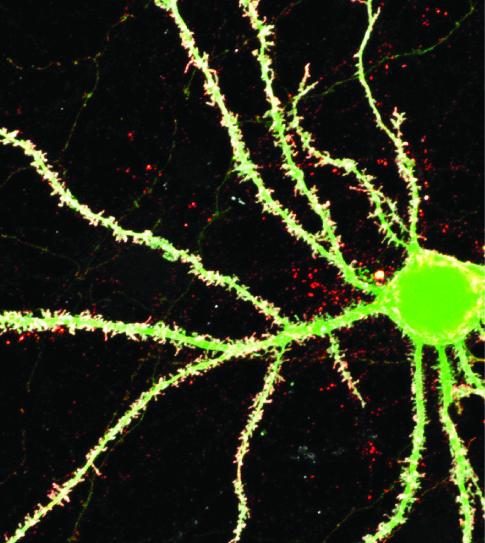
A study by National Institutes of Health researchers has offered up new genetic insights that might help to explain why autism spectrum disorder (ASD) is more common in boys than it is in girls. The findings suggest that just a single amino acid change in the version of a gene called NLGN4 that is found on the Y chromosome (NLGN4Y) may be responsible for this gender-linked autism bias in cases in which there are mutations in the gene on the X chromosome (NLGN4X).
Reporting on their findings in Neuron, the researchers concluded, “Altogether, our data reveal a potential pathogenic mechanism for male bias in NLGN4X-associated ASD.” The study, titled, “A Cluster of Autism-Associated Variants on X-Linked NLGN4X Functionally Resemble NLGN4Y,” was conducted at NIH’s National Institute of Neurological Disorders and Stroke (NINDS).
Neuroligins (NLGNs) are cell adhesion molecules that play key roles in the development and function of synapses. In humans, the two copies of the NLGN4 gene are sited on the X and the Y chromosomes. Females, who are XX, will have two copies of NLGN4X. Males, who are XY, have one copy of NLGN4X, and one copy of NLGN4Y. And because NLGN4X and NLGN4Y share 97% sequence identity, it’s been reasoned that they function equally well in neurons.
To date, many mutations on NLGN4X have been associated with intellectual disability, and with ASD, a disorder that is more commonly diagnosed in males. However, the cause of this sex-related bias isn’t well understood. For their reported study, the NIH researchers, led by Katherine Roche, PhD, a neuroscientist at NINDS, compared the NLGN4X and NLGN4Y genes.
Through the use of multiple experimental tools, Roche and colleagues discovered that the proteins encoded by the NLGN4X and NLGN4Y genes display different functions. While both genes are expressed in human neurons, NLGN4Y is less able to move to the cell surface in brain cells and is therefore unable to assemble and maintain synapses, making it difficult for neurons to send signals to one another.
The investigators found that the problems with NLGN4Y were down to a single amino acid. “This functional difference between NLGN4X and NLGN4Y is regulated by a single critical amino acid difference in the extracellular domain (ECD),” they stated. When the researchers fixed this error in lab-grown cells, they restored much of the protein’s correct function. “We narrowed down the NLGN4Y deficit to a single residue at S93,” they commented. “By mutating NLGN4Y S93P, we can rescue NLGN4Y surface trafficking. Furthermore, NLGN4Y S93P can induce synapses to a level comparable to that of NLGN4X.”
Roche and colleagues also discovered that the region surrounding that same amino acid in the NLGN4X gene is sensitive to mutations in the human population. There is a cluster of variants found in this region in people with ASD and intellectual disability, and these mutations result in a deficit in function for NLGN4X that is indistinguishable from that of NLGN4Y.
“We really need to look at NLGN4X and NLGN4Y more carefully,” said Thien A. Nguyen, PhD, first author of the study and a former graduate student in the Roche lab. “Mutations in NLGN4X can lead to widespread and potentially very severe effects in brain function, and the role of NLGNY is still unclear.”
The inability of NLGN4Y to compensate for mutations in NLGN4X may, therefore, help explain why males, who only have one X chromosome, tend to have a greater incidence of NLGN4X-associated ASD than females. In XX females, when one copy of the NLGN4X gene has a mutation, the other copy can often compensate. However, in males, a mutation in the single NLGN4X copy may not be bolstered by a compensatory mechanism. The study results indicated that if a mutation in NLGN4X affects levels of its protein, NLGN4Y is not able to take over because it is a functionally different protein. Autism-related symptoms, including intellectual deficits, may then result.
“Overall, our data demonstrate that the male-specific NLGN4Y cannot compensate for variants that disrupt NLGN4X maturation and trafficking,” the team noted. “We showed here that this male bias in NLGN4X likely results from the lack of NLGN4Y function and its inability to compensate for deficits in NLGN4X.” As Roche concluded, “The knowledge about these proteins will help doctors treating patients with mutations in NLGN4X better understand their symptoms.”


